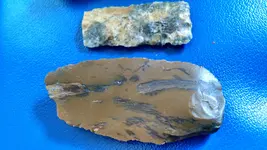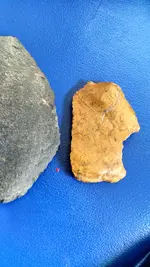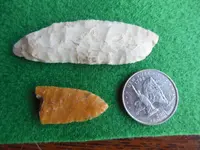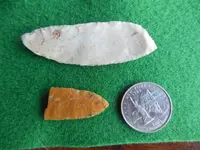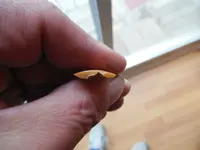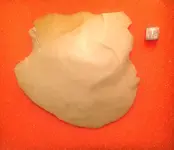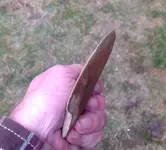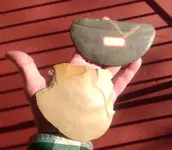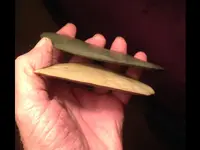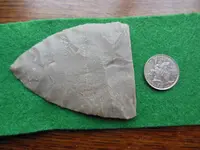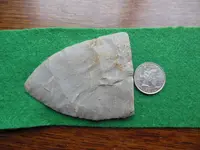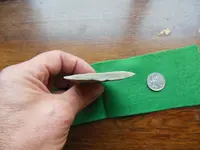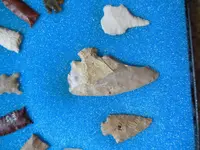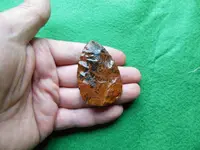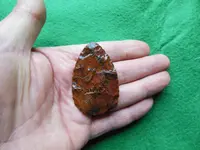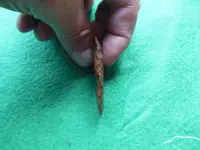chase2
Sr. Member
- Joined
- May 6, 2013
- Messages
- 362
- Reaction score
- 457
- Golden Thread
- 0
- Detector(s) used
- Whites MXT
- Primary Interest:
- Relic Hunting
What constitutes a knife? There are flake knives,(some are called utilized flakes). You have knives that are specifically designed with that intended purpose. Still others (IMO) were used as utilitarian. I tend to view it, untill the bow and arrow came prevalent most were utilitarian. Atlatls by design would lend credibility to this theory. Dart points would be hafted and carried able to change/exchange into a shaft for use in killing animals. they could also be used with the haft as a handle as a knife. Depending on the task at hand would dictate on how large or how delicate the need was needed. Like modern day we use several types of knives for various tasks. That is to say I would not use a meat cleaver to skin an animal, and I would not use a flake knife to butcher an animal.
So knives would be used in many forms and would be of varied sizes and shapes.
Please feel free to add your opinions and examples.
So knives would be used in many forms and would be of varied sizes and shapes.
Please feel free to add your opinions and examples.
Amazon Forum Fav 👍
Upvote
0



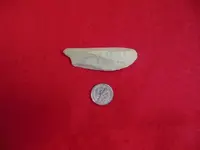
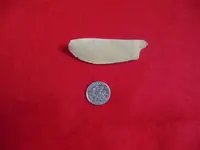
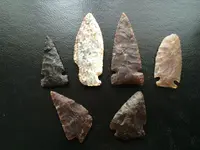
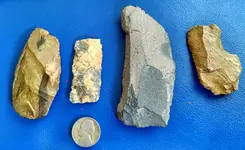
 ) would like to see the other side. but I see great edge work. Lithic looks like trout creek chert but would need a better pic to confirm.
) would like to see the other side. but I see great edge work. Lithic looks like trout creek chert but would need a better pic to confirm.